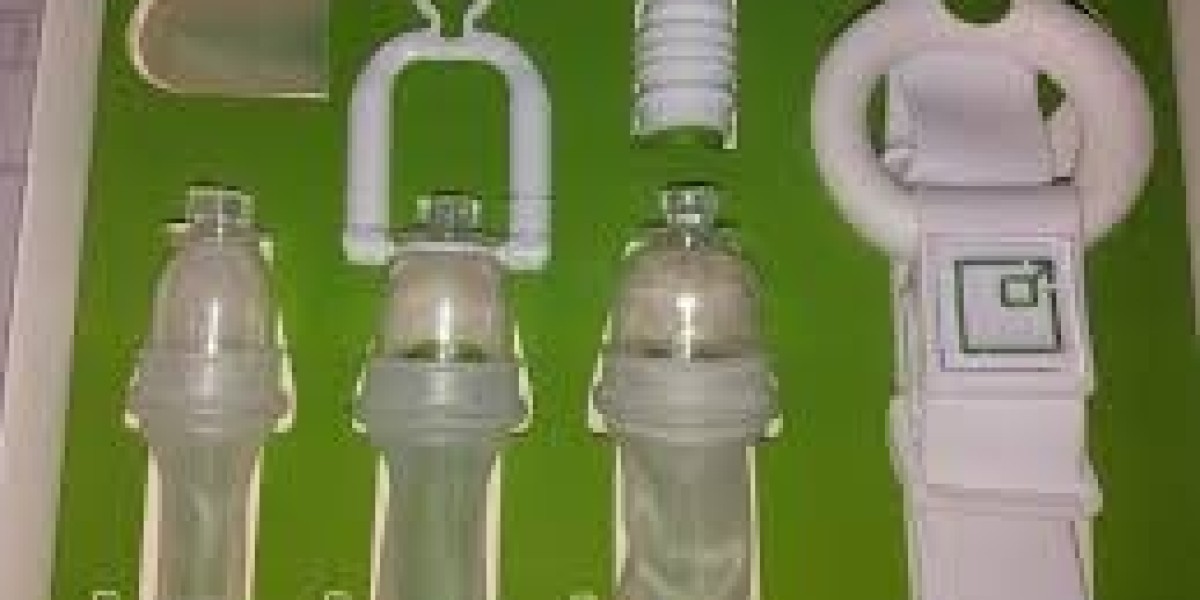Blocked fallopian tubes, a common cause of female infertility, can significantly impact a woman's ability to conceive. It's crucial to recognize the symptoms, understand the causes, and explore treatment options to pave the way for a successful pregnancy.
Symptoms of Fallopian Tube Blockage:
One of the challenges in identifying a blocked fallopian tube is the subtle nature of its symptoms. Many women may experience no noticeable signs, while others may face issues like pelvic pain, unusual menstrual patterns, or pain during intercourse. Symptoms of fallopian tube blockage are often attributed to other reproductive health issues, making it essential for women facing fertility concerns to seek medical evaluation.
Causes of Fallopian Tube Blockage:
Understanding the causes of blocked fallopian tubes is crucial for informed decision-making and effective treatment. Infections, such as pelvic inflammatory disease (PID), are leading culprits. Other factors include endometriosis, which can lead to the development of scar tissue, and previous abdominal surgeries that may result in adhesions blocking the tubes. Additionally, ectopic pregnancies can cause damage to the fallopian tubes, contributing to blockages.
Moreover, sexually transmitted infections (STIs) can lead to inflammation and scarring, hindering the normal function of the fallopian tubes. Early detection and prompt treatment of these infections are essential to prevent long-term complications that may impact fertility.
Diagnostic Process:
If a woman experiences persistent fertility issues or suspects a blocked fallopian tube, a comprehensive diagnostic process is necessary. This typically involves a series of tests, including a hysterosalpingogram (HSG) or laparoscopy. An HSG is a radiologic procedure where a contrast dye is injected into the uterus, allowing the doctor to assess the patency of the fallopian tubes. Laparoscopy, a minimally invasive surgical procedure, involves the insertion of a thin tube with a camera into the abdomen to visually inspect the reproductive organs.
Blocked Fallopian Tubes Treatment:
Once a diagnosis is confirmed, exploring treatment options becomes the next step on the journey to conception. The approach to treating blocked fallopian tubes depends on the severity of the blockage and the underlying cause. Blocked fallopian tubes treatment may involve surgical interventions, such as laparoscopic surgery to remove adhesions or open blocked tubes. In cases where the blockage is caused by infections, appropriate antibiotic therapy is often prescribed to address the underlying issue.
For some women, assisted reproductive technologies (ART) like in vitro fertilization (IVF) may be recommended as an alternative. IVF bypasses the fallopian tubes, allowing for the fertilization of eggs outside the body before implanting them into the uterus.
Emotional and Psychological Support:
Dealing with fertility issues, including blocked fallopian tubes, can take an emotional toll on individuals and couples. Seeking support from friends, family, or counseling services can be beneficial in navigating the emotional challenges associated with infertility. It's essential to recognize that the journey to pregnancy may involve setbacks and multiple attempts, and emotional well-being is a crucial aspect of the process.
Understanding the symptoms, causes, and treatment options for blocked fallopian tubes is pivotal for women aspiring to conceive. Timely diagnosis and appropriate interventions can significantly improve the chances of successful pregnancy. If you suspect any fertility issues or experience unusual symptoms, seeking professional medical advice is the first step towards unraveling the complexities of reproductive health and embarking on the path to parenthood.







